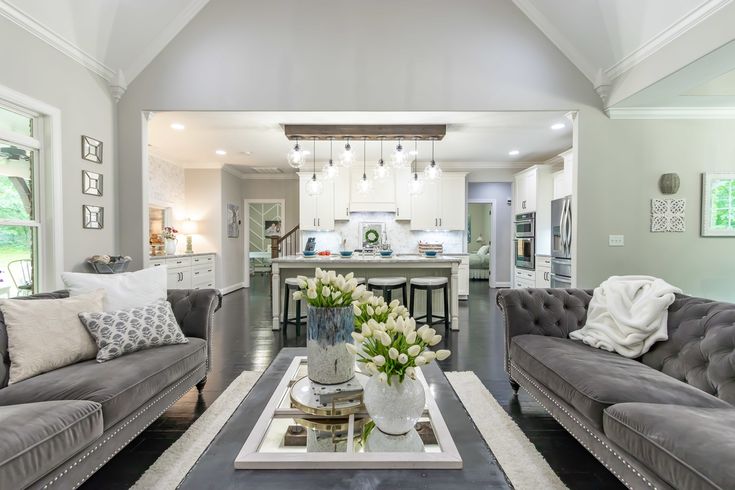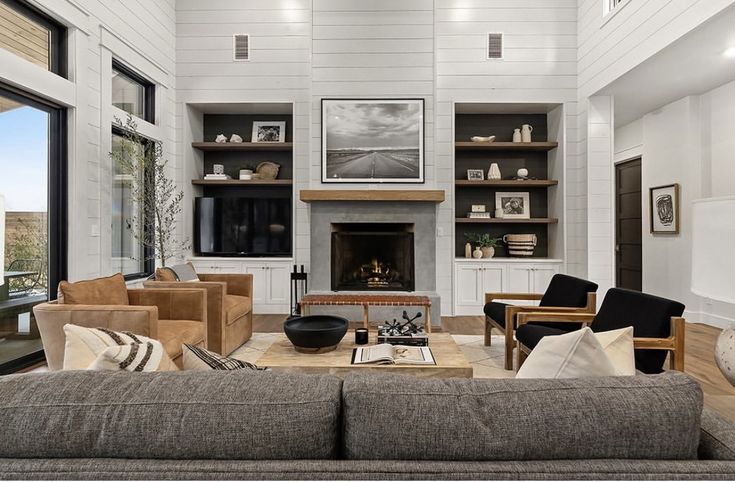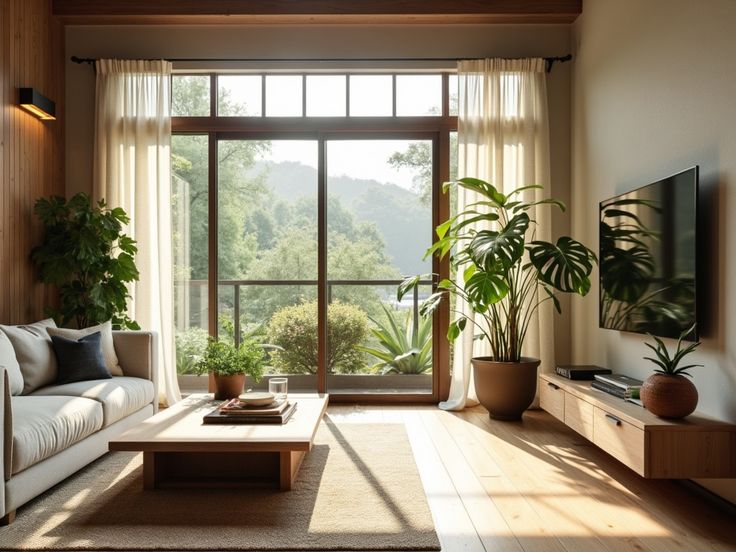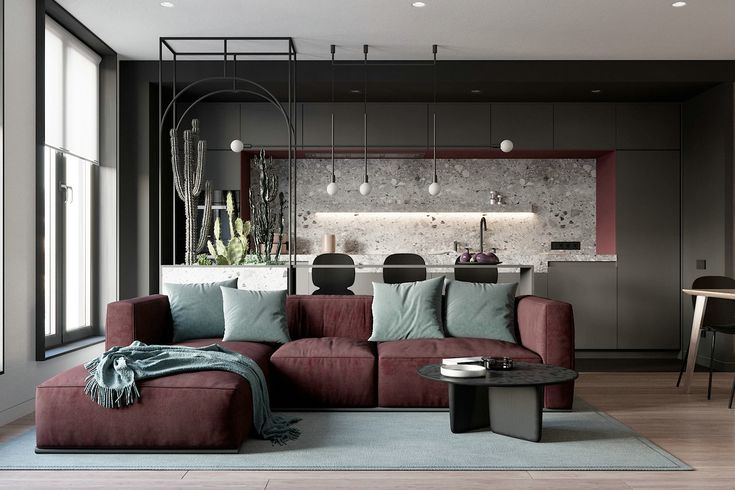The Do’s and Don’ts of Living Room Furniture Placement
The Do’s and Don’ts of Living Room Furniture Placement – Designing a living room isn’t just about choosing the right furniture; it’s also about arranging that furniture to create a harmonious, functional, and inviting space. Proper furniture placement can make a room feel balanced and maximize its usability, while poor placement can make even the most beautiful spaces feel awkward and uncomfortable. To help you navigate this crucial aspect of interior design, we’ve compiled the ultimate guide to the do’s and don’ts of living room furniture placement.
The Do’s of Living Room Furniture Placement
1. Do Define the Purpose of the Room
Before arranging your furniture, take time to consider the primary function of the space. Is it for entertaining guests, relaxing with family, or serving as a multimedia room? Understanding the room’s purpose will guide your furniture choices and placement to suit your needs.
2. Do Establish a Focal Point
Every living room needs a focal point—a feature that draws attention and anchors the design. Common focal points include fireplaces, large windows with scenic views, or a television. Arrange your furniture to highlight this focal point, ensuring it remains the centerpiece of the room.
3. Do Consider Traffic Flow
Leave enough space for people to move comfortably through the room. Create clear pathways by spacing furniture so that foot traffic isn’t obstructed. Aim for at least 3 feet of clearance in high-traffic areas.
4. Do Use Rugs to Define Areas
Area rugs can help delineate different zones within a living room, especially in open-concept spaces. Place rugs under the front legs of sofas and chairs to tie the seating area together.
5. Do Experiment with Symmetry
Symmetry can create a balanced and formal look. For instance, placing two identical chairs on either side of a sofa can create a cohesive and visually pleasing arrangement. However, don’t be afraid to break the symmetry for a more dynamic and casual vibe.
6. Do Measure Your Space
Before purchasing furniture, measure your room to ensure everything fits proportionally. Use painter’s tape to map out potential layouts on the floor. This step helps you avoid overcrowding and ensures each piece works within the available space.
7. Do Use Multi-Functional Furniture
In smaller living rooms, choose furniture with multiple purposes. Ottomans that double as storage, coffee tables with hidden compartments, or sofas that transform into beds can maximize functionality without compromising style.
8. Do Pay Attention to Scale
Select furniture that’s proportionate to the size of the room. Oversized pieces can overwhelm small spaces, while tiny furniture can look lost in a large living room.
9. Do Layer Your Lighting
A well-lit living room should have multiple light sources. Combine overhead fixtures, floor lamps, table lamps, and wall sconces to create a layered lighting scheme that enhances the room’s ambiance and functionality.
10. Do Prioritize Comfort
Above all, your living room should be a place of comfort. Arrange seating so that conversations are easy and everyone has a good view of the focal point. Add plush cushions and throws to enhance coziness.
The Don’ts of Living Room Furniture Placement
1. Don’t Push All Furniture Against the Walls
While it might seem like pushing furniture against the walls will make the room feel larger, it often has the opposite effect. Pull furniture away from walls to create a more intimate seating arrangement and better flow.
2. Don’t Block Natural Light
Avoid placing large furniture in front of windows or blocking light sources. Natural light makes a room feel more open and inviting, so arrange your furniture to let the light flow freely.
3. Don’t Forget About Balance
An unbalanced room can feel chaotic. Distribute the visual weight of furniture evenly across the space. For example, if you have a large sofa on one side, balance it with a pair of chairs or a substantial console table on the opposite side.
4. Don’t Ignore the Scale of Accessories
Accessories like lamps, vases, and art should match the scale of the furniture. A tiny lamp on a large console table can look out of place, while oversized art might overwhelm a small wall.
5. Don’t Overcrowd the Room
Less is often more when it comes to furniture placement. Avoid cramming too many pieces into the room, as it can feel cluttered and restrict movement. Stick to essential items that serve a purpose.
6. Don’t Neglect Storage Needs
Clutter can quickly detract from the comfort and aesthetics of a living room. Incorporate storage solutions such as built-in shelves, storage ottomans, or stylish cabinets to keep the room tidy.
7. Don’t Forget About TV Viewing Angles
If your living room includes a TV, consider the viewing angles. Ensure the screen is at eye level and arrange seating so that everyone can watch comfortably without straining their neck.
8. Don’t Overlook the Importance of Layers
A single layer of furniture or decor can make a room feel flat. Incorporate layers through textiles, such as rugs, curtains, and cushions, as well as decorative accents like books, vases, and plants.
9. Don’t Choose Style Over Function
While aesthetics matter, functionality is crucial. Avoid furniture that looks great but doesn’t meet your needs for comfort, durability, or usability.
10. Don’t Neglect Personalization
A living room should reflect your personality. Don’t be afraid to showcase your style through unique artwork, family photos, or cherished heirlooms.
Pro Tips for Living Room Furniture Placement
- Group Seating Thoughtfully: Arrange sofas and chairs to encourage conversation. A U-shaped or L-shaped arrangement works well for this purpose.
- Use Mirrors Wisely: Mirrors can make a room feel larger and brighter. Place them strategically to reflect light and open up the space.
- Incorporate Plants: Greenery adds life and vibrancy to a living room. Use plants of varying heights to create visual interest.
- Test Layouts Before Committing: Use digital tools or apps to experiment with different layouts before moving heavy furniture.
Conclusion
Living room furniture placement is both an art and a science. By following these do’s and don’ts, you can create a space that is functional, stylish, and comfortable. Remember, the key is to balance practicality with personal taste, ensuring your living room is a true reflection of your lifestyle and needs. With thoughtful planning and attention to detail, you’ll achieve a harmonious and inviting space that you and your guests will love.






